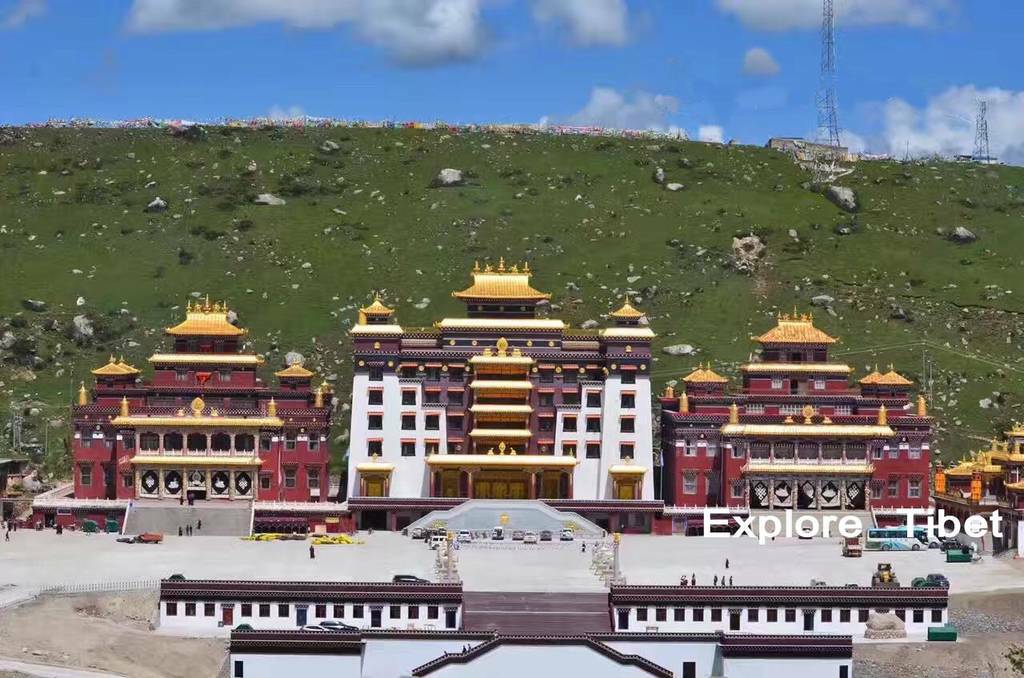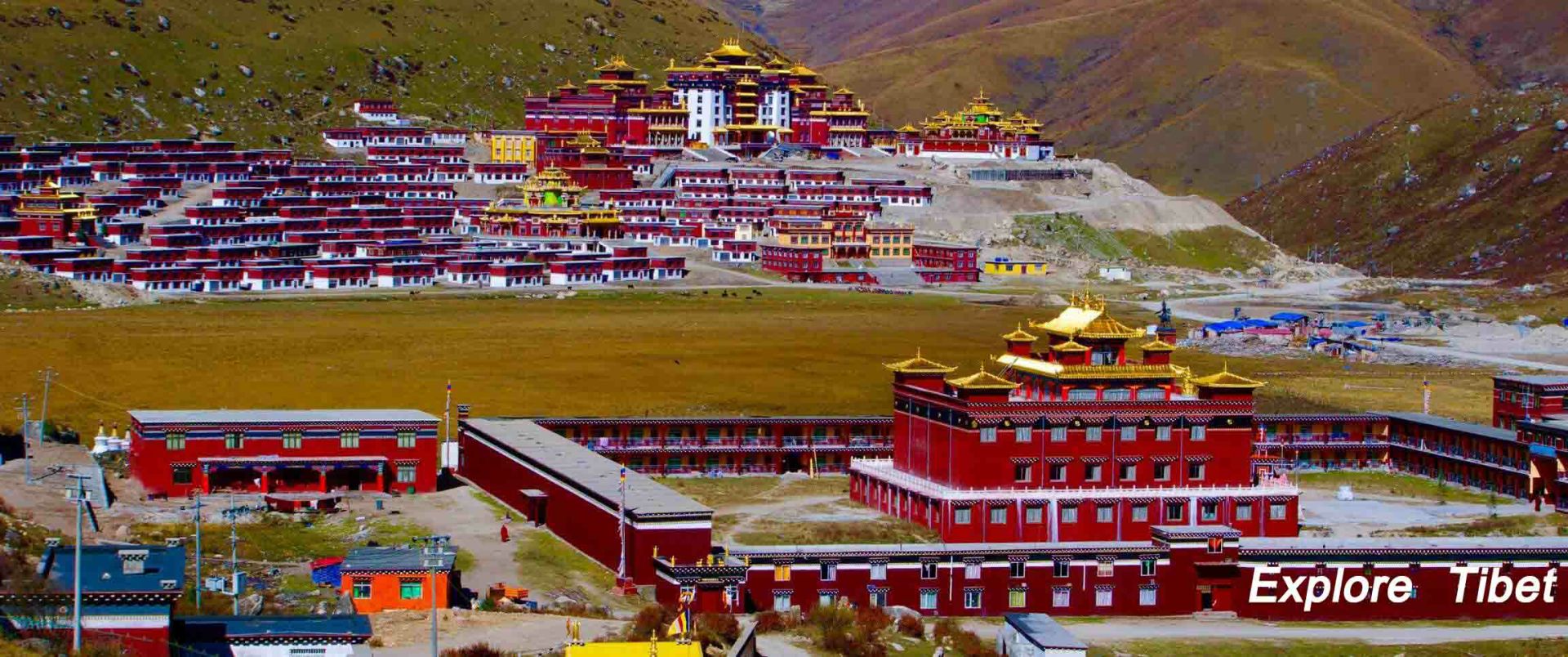
The Dzogchen monastery is located in Dege county of Garze Tibetan Autonomous Prefecture, Sichuan Province and it was founded by His holiness Dzogchen Padma Rigzin in the mid-1600s as he had the vision of Padmasambhava who instructed him to build a monastery. Later he and his three main disciples built the monastery and became one of largest monastery in eastern Tibet. The Padma Rigzin has taught the Dzogchen Khandro Nyingthik for many years and thousands of Tibetans came to the holy Rudam Canyon to receive teachings and practice Dzogchen.
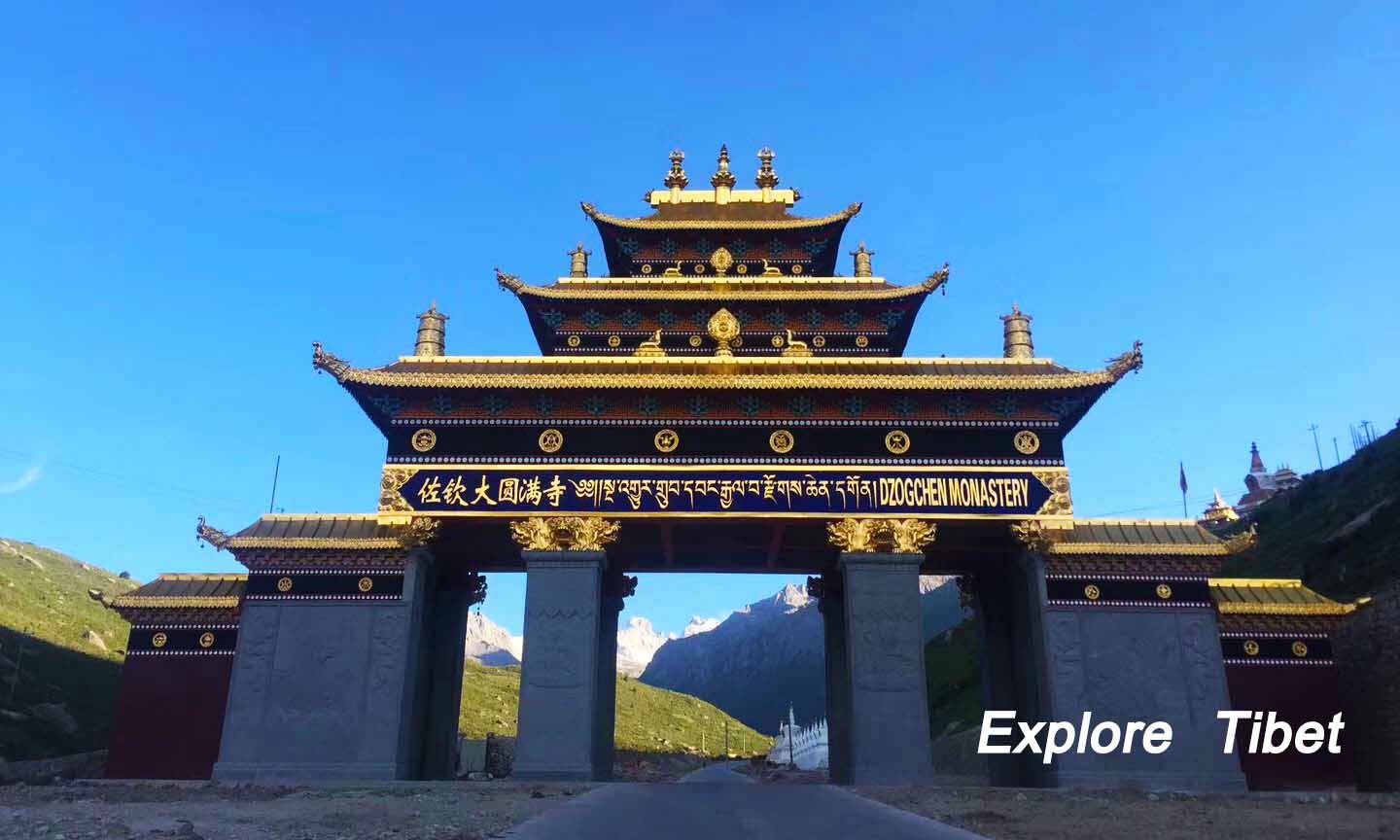
The Rudam Canyon area is one of holiest place for the Dzogchen people. The Dzogchen monastery was also known Rudam Orgyen Samten Choeling but these days they use Great Dzogchen monastery. The Monastery became a centre for the development of the Vajrayana Buddhist tradition in Tibet. There around seven hundred branches of monasteries in Asia. Dzogchen also has monastic college called Shri Singha five science monastic college, Dzogchen meditation centres or retreat centres and the holy Dzogchen Natural mountain caves.
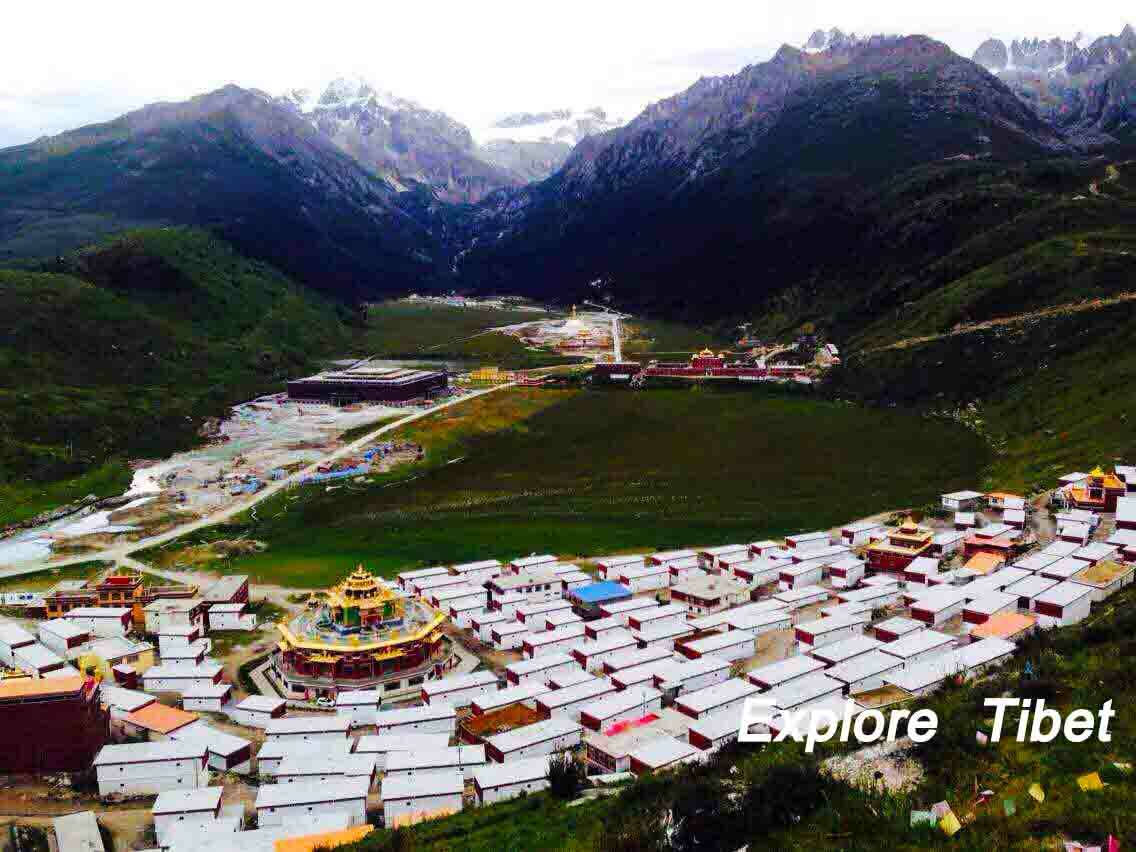
The Great Dzogchen monastery is one of oldest Nyingma monastery in Tibet. The head of the monastery is Dzogchen Rinpoche and followed by few other masters. The monastic system only follows the direction of authentic Dzogchen masters who have attained enlightenment or high realization of the Dzogchen lineage. The Dzogchen monastery has more than a hundred masters with over thousand monks serving in the seven hundred branches of Dzogchen monasteries across Asia.
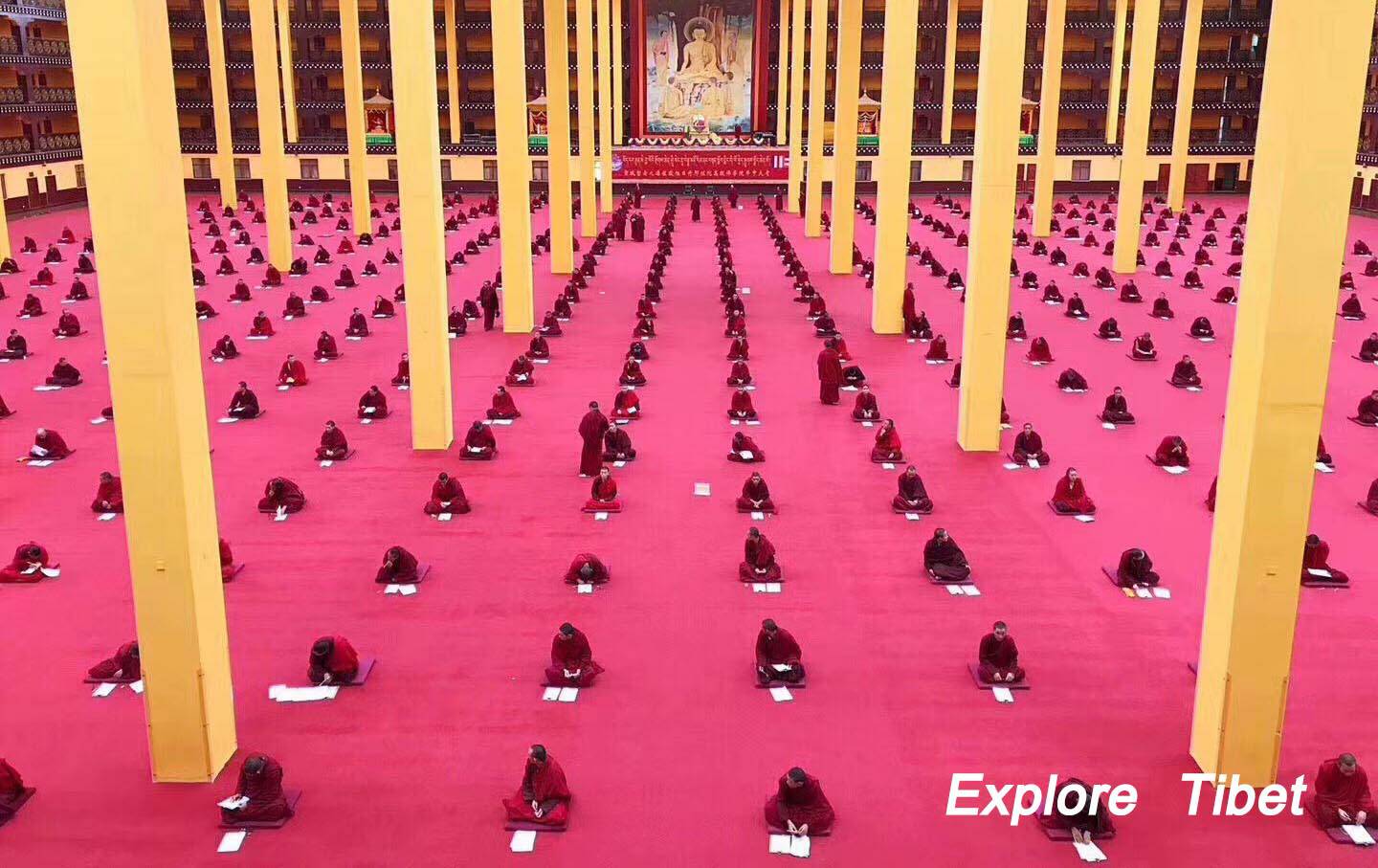
The main curriculum of the Dzogchen monastery is the first five years the practitioner must learn basic linguistic training including Tibetan language spelling, grammar, writing and the memorization of Dharma texts. After that, the practitioner is allowed to take monk’s vow from their master. The next level is to train in the Tantric Dharma including religious dances for two years and earn a degree of Champon which is master of choreography. Then follow by training of Dharma artworks and rituals for three years, gets the degree of Chopon which is master of ritual. Then the practitioner has to train for Dharma music and tantric melodies for three years and earn the degree of chanting master. After that, they had to work for the monastery as trainees for two years and then three more years of practice in secret tantric experiences. Finally, they earn the degree of Tsokpen which is master of Dharma. But still, some practitioner goes for a retreat for many years and become the Vajra master which is highest of all in the Nyingma Sect of Tibetan Buddhism. In the course of a year, for the benefits of all the sentient beings, the monastery carried out the traditional religious program such as Drupenchen which is grand prayer held for five months, an extensive display of prayer flags and the turning of eight large Dharma prayer wheels along with other smaller ones. The grand prayer for the world peace in a joint effort by the local Tibetan people and monastery used to host for a week. There is also a variety of traditional Buddhist tantric Dharma ritual dance, singing and offering of a large sand mandala.
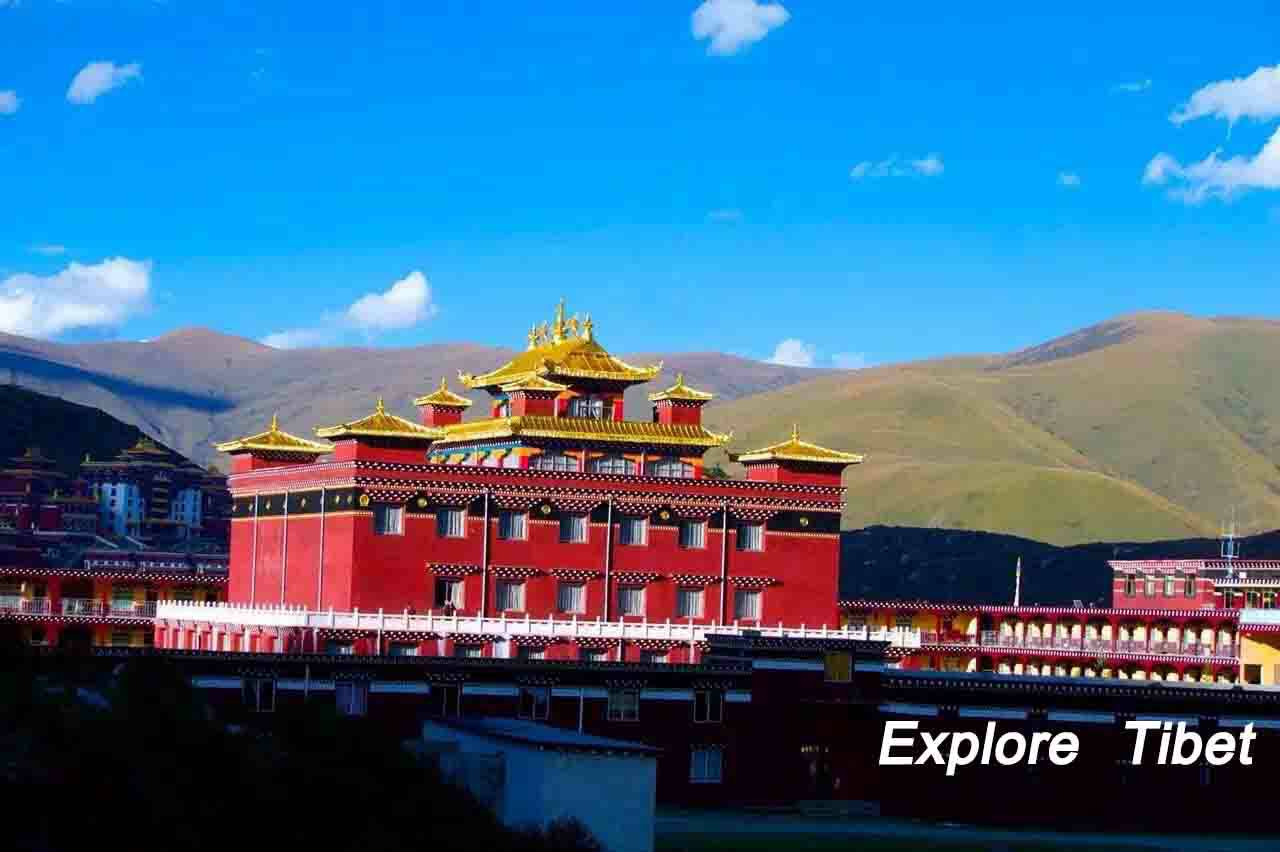
The Dzogchen monastic college was first built by Shenphen Thaye under the guidance of his master Dodrupchen Rinpoche in the nineteenth century. The main course of the college are the five major sciences of Tibetan Buddhism, there is Science of Fine arts, Science of Medicine, Science of Linguistics, Science of Philosophy and the Inner Sciences of Buddhism. They also cover the five minor Science such as Science of poetics, Science of Synonymy, Science of Prosody, Science of Drama and the Science of Astrology. The purpose of the monastic college has always been to promote the Dzogchen spirit in the hearts of all Dharma students and to further the lineage of Dzogchen Nyingthik, which has trained numerous outstanding Buddhist practitioners. The curriculum of study is divided into three sections. The first takes eight years to complete. The second and third each take four years to complete. The annual study of Remembering the Genuine Qualities of the Three Jewels Sutra and Bodhisattva Caryavatara is required. The students are required to take a comprehensive examination. They are tested on their skills in teaching, writing, and debating. Later, students may continue their study and practice and may become Mahapandita, as determined by the Vajra masters of the Great Dzogchen Monastery. Graduates may then teach the Dharma in the monastic college or go into solitary retreat. There were many renowned masters graduated from the Dzogchen Monastic college so far among them the Gyakung Khenpo Zhenga was highly trained masters of all. He also composed a Buddhist text of about thirteen volumes and these texts are widely adopted by Nyingma, Kagyu and Sakya lineages in Tibetan Buddhism.
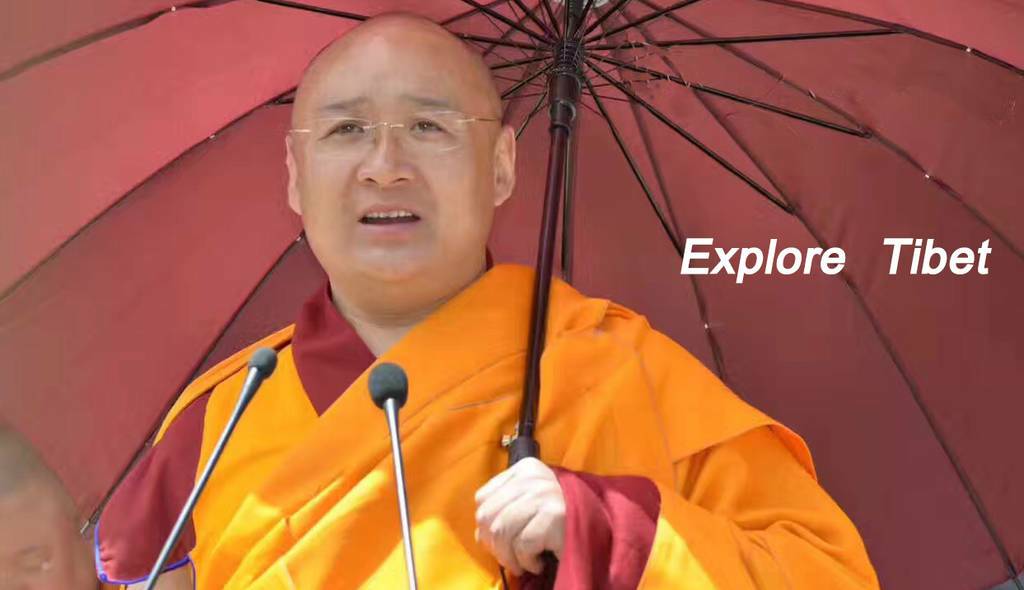
Currently, there are His Holiness Tulku Kalsang Rinpoche, Tulku Tokdan Rinpoche, Tulku Drukpa Rinpoche, Tulku Shokli Rinpoche, and Tulku Tenpel Rinpoche. The following younger Rinpoches give guidance to the Dzogchen Monastery: Drukpa Kuchen Rinpoche, Lingla Kuchen Rinpoche, Dzogchen Khyentse Rinpoche, Tulku Kunchok Rinpoche, and Rigdzin Tharchin Rinpoche. The younger Rinpoches take care of the monastery’s daily affairs.
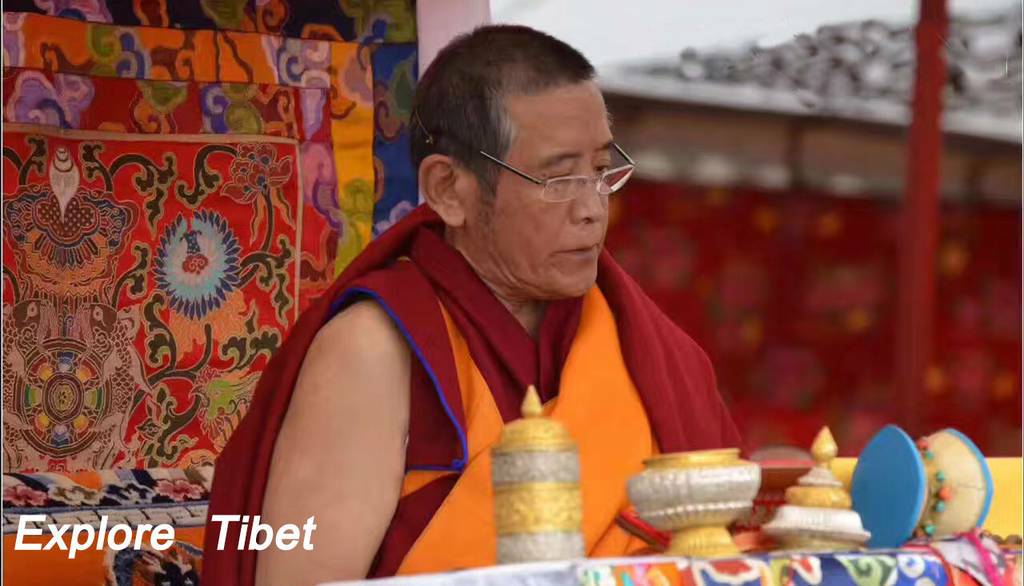
In addition to this, they direct the monastery’s restoration by a crew of eight hundred young and old lamas. They are completely devoted to preserving the Dzogchen tradition.These days the infrastructure of the main temple of the Dzogchen monastery is magnificent and there are around seven hundred monks who are studying at the monastery.
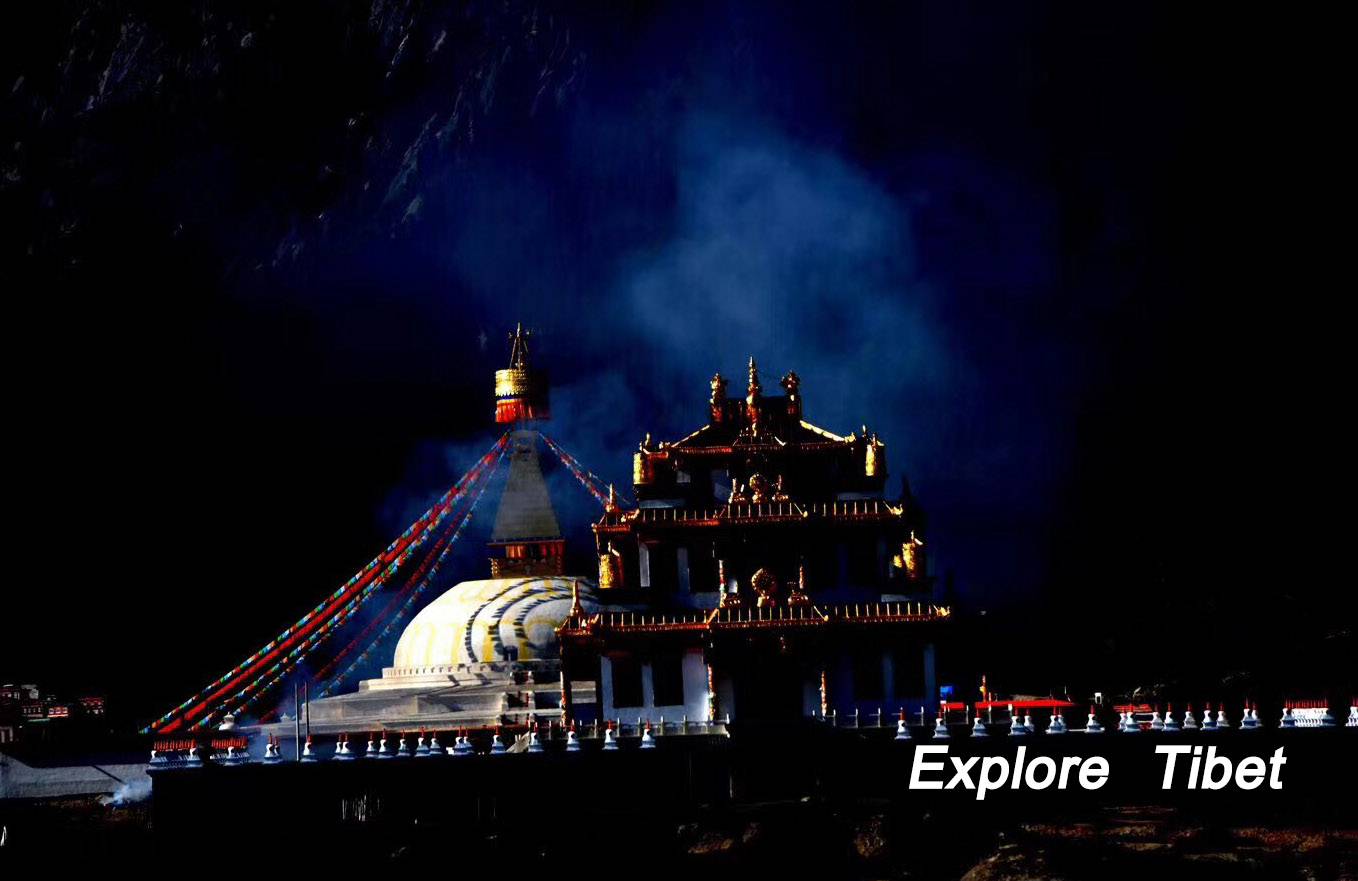
At the frontof the monastery hall, there is a big golden statue of Guru Padmasambhava facing toward the temple. They also built a very big stupa at the side of the main temple which very much resembles to the Boudhanath Stupa in the Kathmandu Nepal. It is smaller but the designed are same. It called as Jarung Chorten.
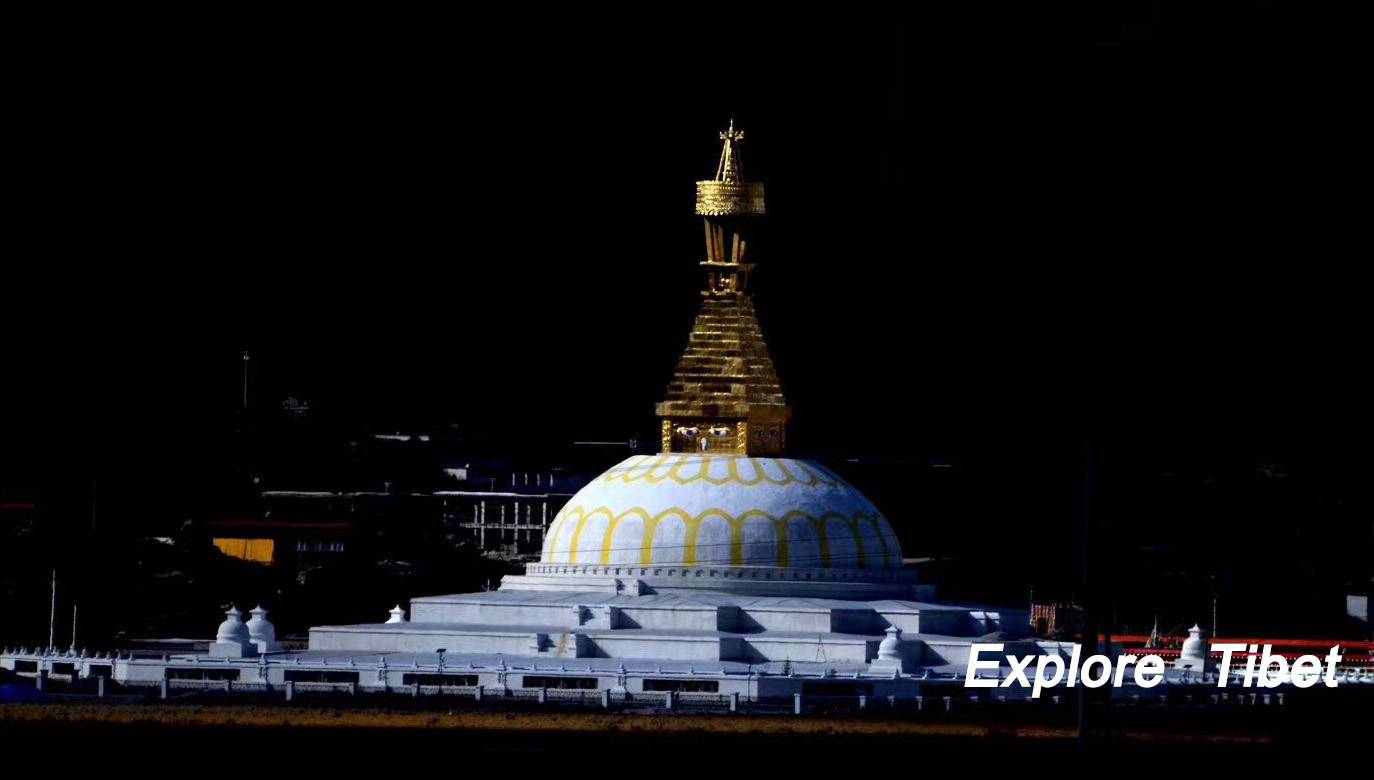
The monastery is located in a very beautiful valley and surrounded by small green grassland hills. The best time to visit at Dzogchen is in the summer season. The weather condition is very good and also the witness the best possible landscape of the monastery and its surroundings. The visitors always admire its magnificent landscape of the place.
